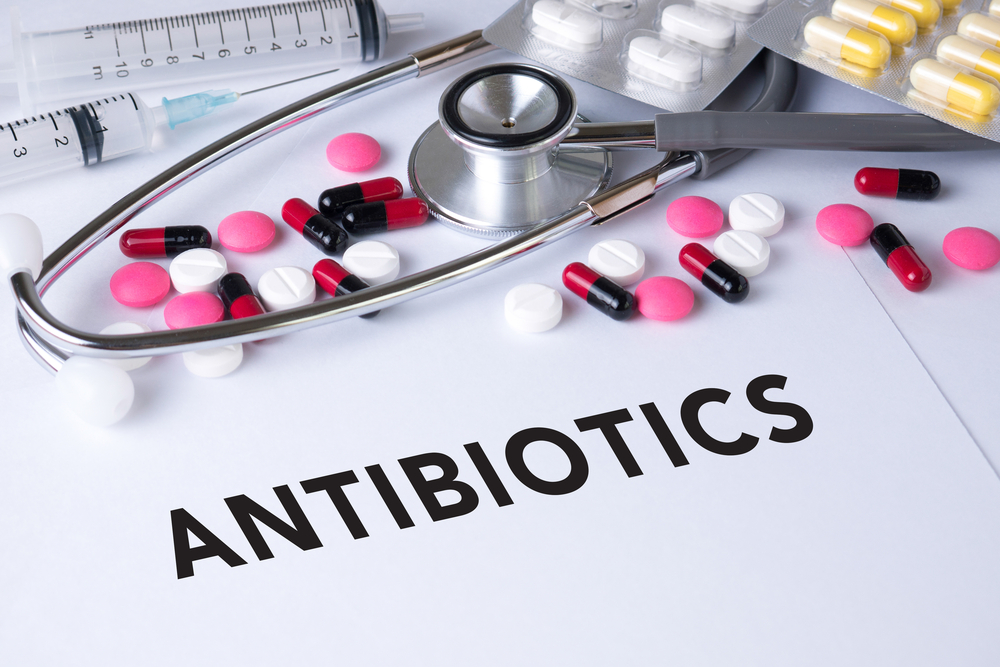Increasing antimicrobial resistance becomes a problem all over the world, compounded by the lack of new microbial drug development. This leaves the prudent use of the microbial drugs, along with infection control, as an important strategy to counter this emerging threat.
A safe and efficacious strategy for antibiotic involves taking an antibiotic when it is required as well as selecting an appropriate medicine at the recommended dose with the narrowest spectrum of antimicrobial activity, lowest cost, and fewer side effects.

Following are some general principles of taking antibiotics:
- Take antibiotics for bacterial infection only if:
- Symptoms are severe
- There is a high risk of complications
- This infection is not disappearing or is unlike to disappear
- Take the first line antibiotic first
- Broad spectrum antibiotics should be reserved for indicated health conditions only
Also Read: Ascariasis- Symptoms, Causes and Treatment
The following information about antibiotics is a consensus guide. It is made to help select an appropriate antibiotic for typical patients with infections commonly seen in general practice. Factors like patient circumstances and local resistance patterns may alter treatment choices.
COPD- Acute Exacerbations:
- Antibiotic treatment is helpful in patients with severe exacerbations and those with more severe airflow obstruction at baseline. Common pathogens are Moraxella catarrhalis, Streptococcus Pneumonia, Respiratory viruses, influenza, and Haemophilus.
- First choice antibiotic treatment for acute exacerbation of COPD is Amoxicillin. For adults 500 mg thrice daily, for five days is the recommended dose.
- Doxycycline can be used as an alternative antibiotic medicine. The recommended dose for adults is 200 mg on day one, followed by 100 mg once daily, on days two to five.
Pneumonia – Adult
- Patients are treated with an antibiotic drug that covers pneumoniae. An antibiotic named ciprofloxacin should not be used to treat pneumonia as it does not reliably treat infections due to S. Pneumoniae.
- Common pathogens are Haemophilus influenza, Chlamydophilia pneumonia, Staphylococcus aureus, Streptococcus pneumonia, Legionella pneumophila.
- First choice antibiotic treatment for pneumonia is Amoxicillin. 500 mg to 1 g thrice daily, for five to seven days, is the suggested dose.
- As an alternative treatment, monotherapy with Roxithromycin or doxycycline is acceptable for people with a background of penicillin allergy.
Pneumonia -Child
- Children should be referred to the hospital if aged less than six months, oxygen saturation is ≤92% on pulse oximetry, decreased respiratory effort, decreased breathing sounds, difficult to rouse, severe tachypnoea, or dullness to percussion. Moreover, if there is no response to treatment during a period of 24 to 48 hours, the diagnosis should be reviewed and consider referral to health care center.
- Common pathogens are Staphylococcus aureus, Streptococcus pneumonia, Mycoplasma pneumoniae, Haemophilus influenza.
- First choice treatment is Amoxicillin. The recommended dose is 30 mg/kg/dose thrice daily for five to even days.
- Erythromycin is useful as an alternative medicine to treat pneumonia in children. 10 to 12.5 mg/kg/dose, four times a day, for seven days is the required dose.
Pertussis (Whooping Cough)
- In this condition, antibiotic medications are recommended to reduce transmission, if started within three weeks of the onset of a cough, as after this period most individuals are no longer infectious. Go for an antibiotic treatment if you don’t know the duration of a cough. Pregnant women in their third trimester may also take antibiotics, regardless of the duration of a cough. Patients on antibiotic treatment are advised to avoid contact with infants and children, at least for five days of antibiotic treatment has been taken.
- Azithromycin is the first choice treatment, a first line treatment for children, and an alternative for adults. For children<45 kg, the suggested dose is 10 mg/kg/dose, once daily, on day one, followed by 5 mg/kg/dose, once a day, on days two to five. For adults and children>45 kg, the dose should be taken as 500 mg on day one of the treatment, followed by 250 mg, once a day, on day two to five.
- Erythromycin is a first line treatment for adults and an alternative for children aged over one year. It is taken as 10 mg/kg/dose, four times daily for 14 days by children. Adults should take this as 400 mg, four times a day for 14 days.
Also Read: Acanthamoeba Keratitis- Causes and Symptoms
Roxithromycin can also be used as an alternative medicine. It can be taken as 4 mg/kg/dose. Twice daily, for seven to ten days.




